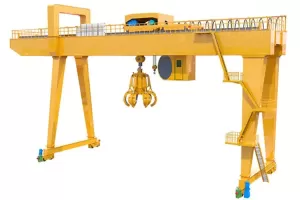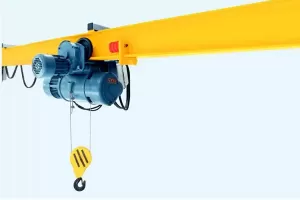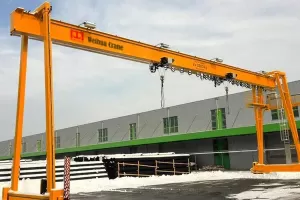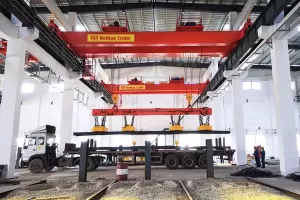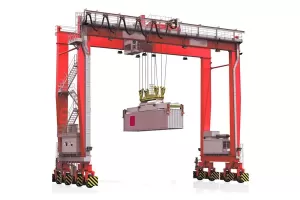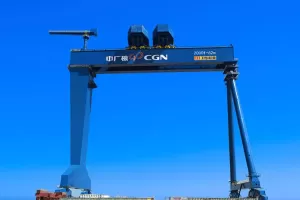Gantry cranes are versatile material handling equipment that are widely used across various industries in the UK, including construction, manufacturing, logistics, and mining. A gantry crane is a type of overhead crane that has two or more legs running on rails or wheels, which support a beam or girder that spans the width of the workspace. The beam can be fitted with a hoist or other lifting device that can move up and down the space between the legs, allowing the crane to lift and move loads horizontally and vertically.
If you are looking to buy a gantry crane for your business in the UK, there are several factors that you need to consider to ensure that you get the right equipment that meets your needs and budget. In this blog post, we will highlight some of the main points that you should bear in mind as you shop for a gantry crane.
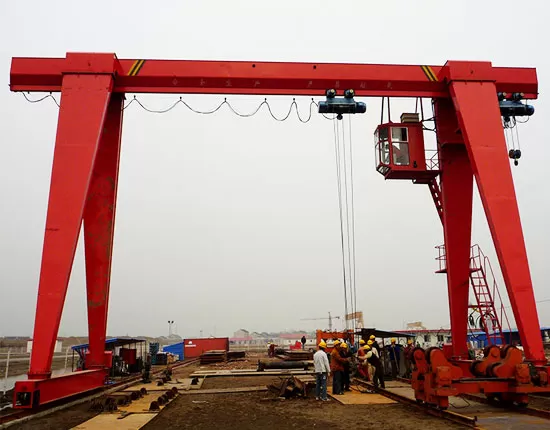
Types of Gantry Cranes
The first step in selecting a gantry crane is to choose the appropriate type that will suit your application. Gantry cranes come in different configurations and designs, which include the following:
- Portable gantry crane: This is a lightweight and compact crane that is ideal for small to medium-size lifting tasks. It is easy to assemble and dismantle, and it can be moved from one location to another using a forklift or other equipment.
- Fixed gantry crane: This is a heavy-duty crane that is bolted to the ground or a concrete foundation. It is suitable for larger loads and more frequent use, and it can be customized with various features such as booms, trolleys, and hydraulic or pneumatic systems.
- Adjustable gantry crane: This is a versatile crane that can be adjusted in height, width, and span to meet changing needs. It is ideal for applications that require frequent adjustments or that involve irregular loads.
- Semi-gantry crane: This is a type of crane that has one leg running on a rail or track, while the other leg is fixed to the ground or a wall. It is suitable for applications that require a high degree of flexibility, such as loading and unloading trucks.
Capacity and Specification
The capacity of a gantry crane refers to the maximum weight that it can lift safely without risking damage to the crane or the load. The capacity that you need will depend on the weight and dimensions of the loads that you plan to lift or move. You should also consider the lifting height, the speed of the hoist, and the width and length of the working area.
In addition to capacity, you should also pay attention to other specifications such as the crane's material, its durability, and its safety features. Gantry cranes are typically made from steel or aluminum, and they should be able to withstand harsh weather and use. They should also have features such as overload protection, emergency stop, and limit switches that prevent the crane from exceeding its capacity or moving beyond the workspace.
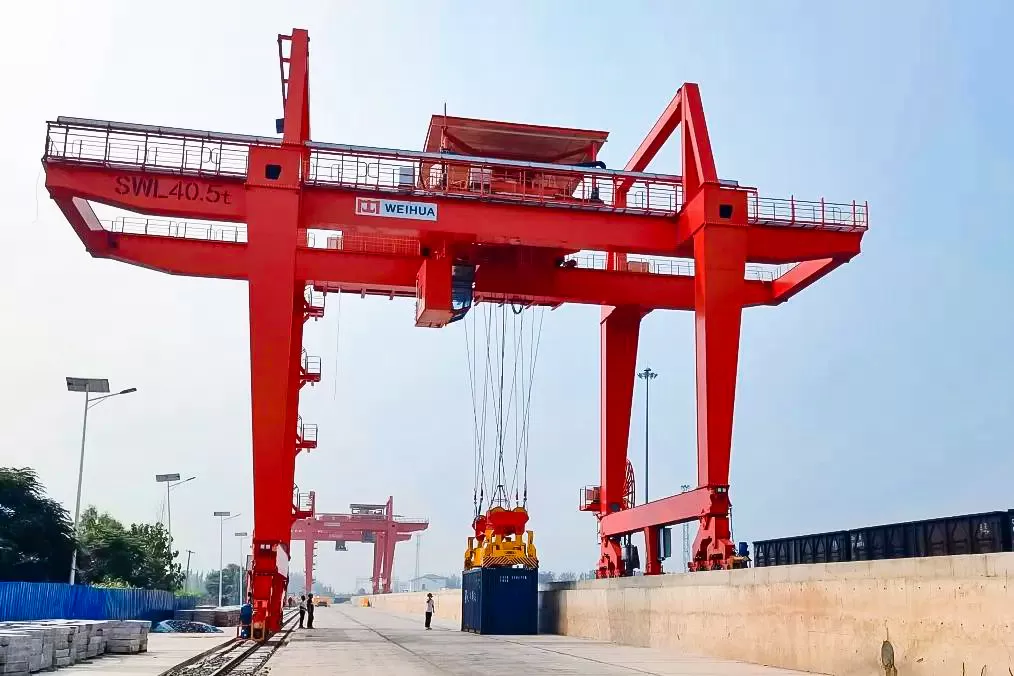
Maintenance and Service
Buying a gantry crane is not just a one-time investment – it also requires ongoing maintenance and service to ensure that it operates safely and efficiently. You should choose a reputable supplier that offers warranty and after-sales support, as well as maintenance plans that cover routine inspections, repairs, and replacements.
Conclusion
Purchasing a gantry crane is a significant investment that can benefit your business in various ways, from increasing productivity to improving safety and reducing costs. By following the guidelines outlined in this blog post, you can make an informed decision that meets your specific needs and requirements. And if you need further assistance or advice, feel free to contact us at [insert contact details] – we'll be happy to help you.



